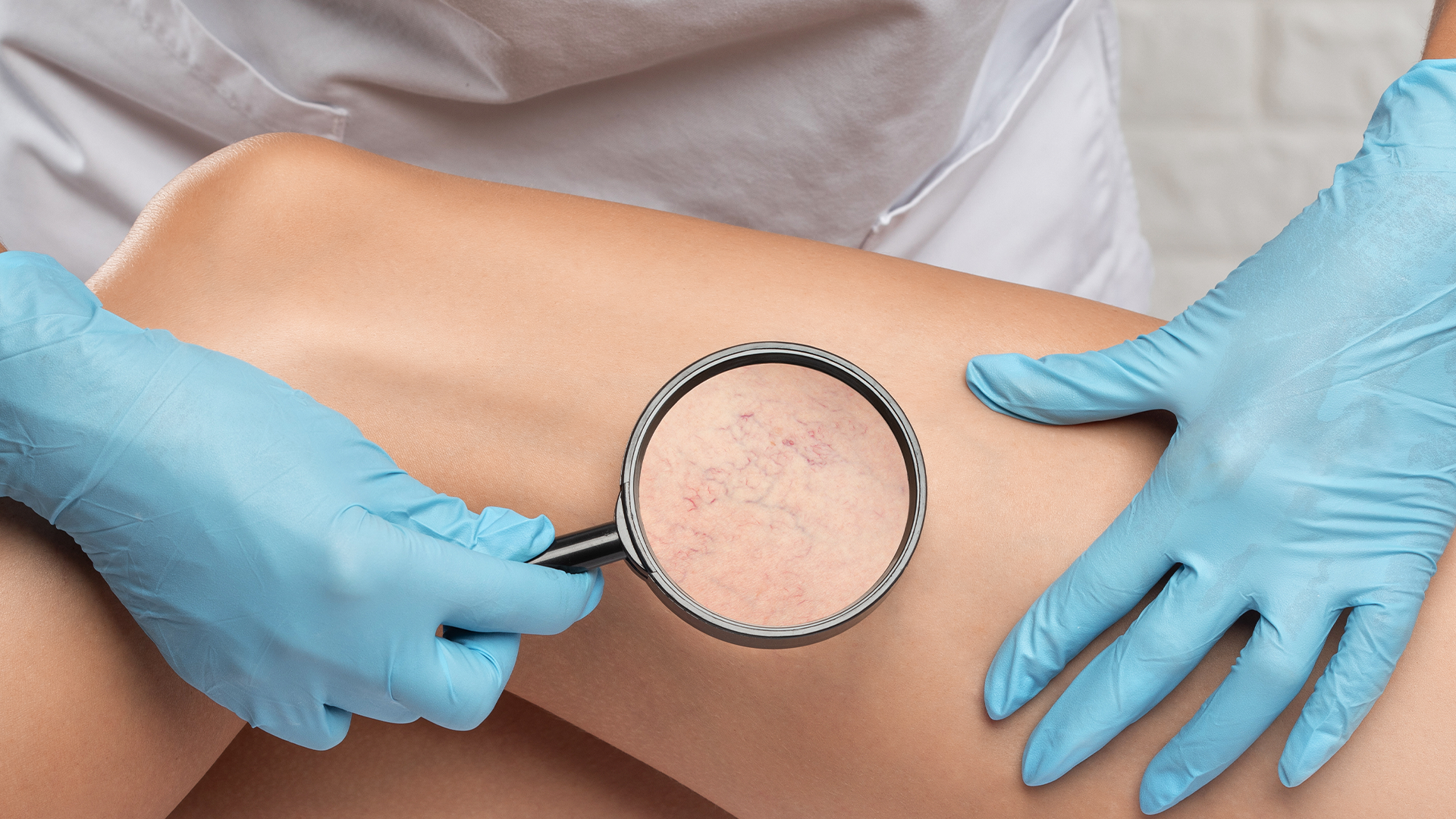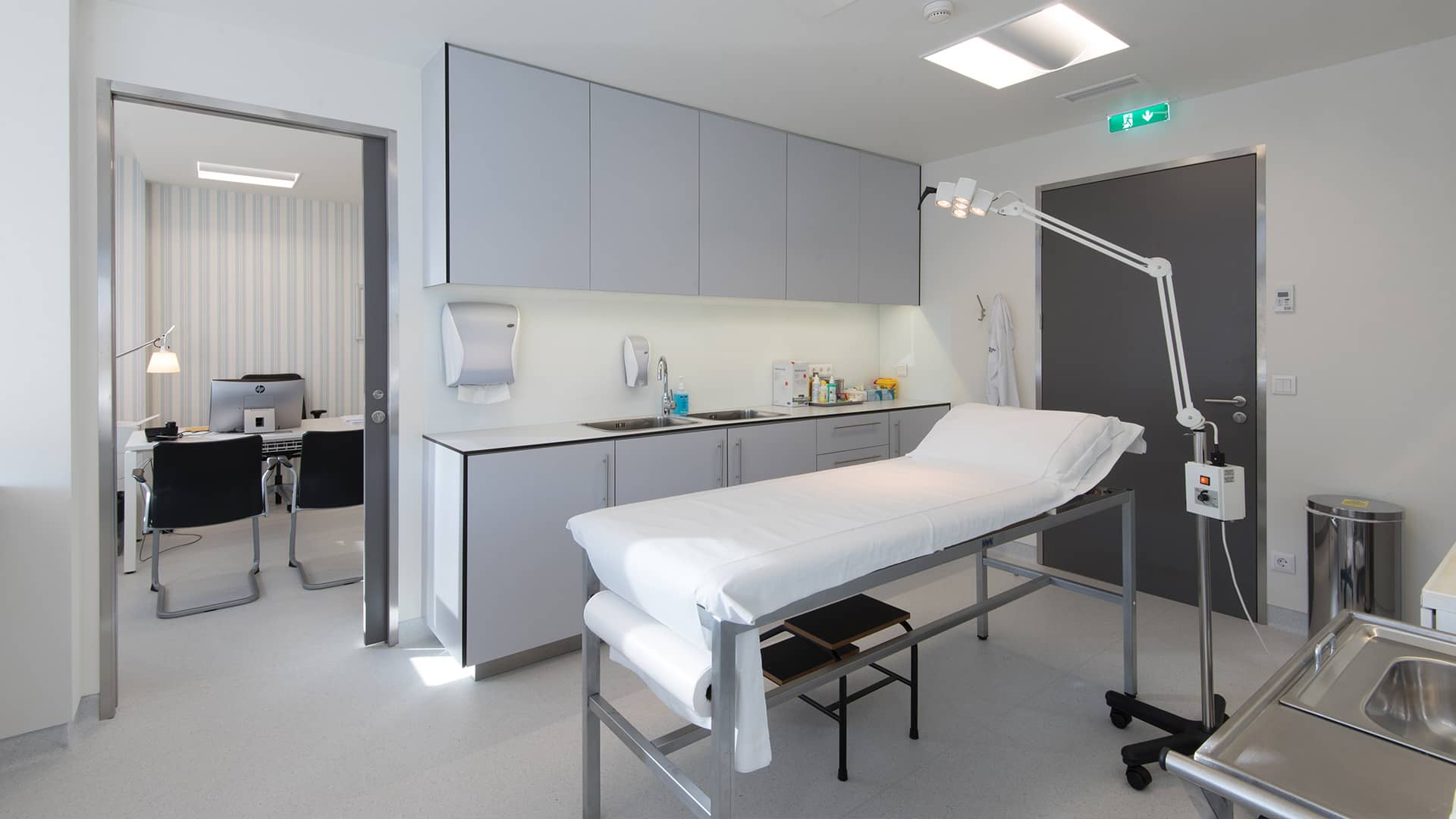It is more common during menopause, but it can occur at any age. Discover what vaginal atrophy is, its symptoms, and how to treat it.
Vaginal atrophy affects between 40% to 60% of the female population during menopause, but it can occur at any age. Lack of awareness about this condition leads to underdiagnosis, but early recognition of symptoms allows for at least partial recovery and a substantial improvement in quality of life. Learn what vaginal atrophy is, its signs, and how to treat it.
What is vaginal atrophy?
Vaginal atrophy, also known as endometrial atrophy, gynaecological atrophy, or urogenital atrophy, refers to inflammation in the vaginal canal that makes it thinner, drier, and less flexible.
This condition is relatively common during menopause and causes discomfort in many women, especially during sexual activity. However, it is a topic that is often overlooked and still considered taboo, leading to underdiagnosis of vaginal atrophy and normalization of associated symptoms. It is, therefore, important to debunk some misconceptions surrounding this condition so that women can properly recognize the signs and regain their quality of life.
What causes vaginal atrophy?
To understand what causes vaginal atrophy, it is important to first address the role of oestrogen in the health of the tissues in the vulva, vagina, bladder, and urethra. This hormone is responsible for producing thicker, stronger, and more flexible cell layers. Additionally, oestrogen supports the growth of healthy bacteria in the vagina, maintaining the vaginal pH within normal parameters and preventing infections.
As a result, low oestrogen levels lead to thinner vaginal walls, decreased lubrication, and reduced elasticity. Therefore, vaginal atrophy is associated with the disruption or decrease in oestrogen production by the ovaries. That is why vaginal atrophy is more common during menopause when oestrogen production is reduced. However, vaginal atrophy can occur in any other situation involving decreased oestrogen levels, such as after ovary removal, diabetes, chemotherapy or radiation therapy, breastfeeding, and postpartum. In these situations, oestrogen levels are lower, which can result in vaginal atrophy.
What are the symptoms of vaginal atrophy?
Vaginal atrophy can cause symptoms in both the vaginal region and the urinary system. The most common symptoms include:
- Vaginal dryness, itching, or irritation
- Discomfort and pain during sexual activity
- Decreased vaginal lubrication during sexual intercourse
- Thin, watery, yellowish vaginal discharge with odour
- Urinary urgency
- Pain or burning during urination
- Stress urinary incontinence
- Blood in urine
- Increased susceptibility to urinary tract infections.
What is the treatment for vaginal atrophy?
There is no cure for vaginal atrophy since this condition naturally occurs due to a decrease in oestrogen production in women. However, there are treatments that help balance hormone levels in the body and ensure that vaginal atrophy does not have significant repercussions on quality of life. The treatment of vaginal atrophy varies for each woman and should always be prescribed by a gynaecologist. These are the most common treatments:
Vaginal moisturizers
Vaginal moisturizers can be helpful as they have excellent water retention capacity and adhere to the vaginal mucosa. Lubricants do not have the same effect as they only facilitate sexual activity. Moisturizers can be recommended for quick relief of symptoms of vaginal atrophy.
Hormone therapy
Hormone replacement therapy with oestrogen tends to reverse most symptoms of vaginal atrophy. The form, dosage, and duration of this therapy should be personalised according to the woman's biophysical profile. Oestrogen can be administered locally by applying medications inside the vagina or systemically through intravenous administration. Both forms of oestrogen administration have similar effectiveness, but their applicability should be guided by a gynaecologist.
Laser therapy
Laser therapy is another recommended treatment for vaginal atrophy. The laser has the potential to reactivate collagen production, increase hydration, and contribute to genital rejuvenation. This procedure is painless and minimally invasive, performed on an outpatient basis, allowing women to immediately return to their daily life.
Hyaluronic acid
Hyaluronic acid is a natural component of the skin with an important role in its structure and function. It can be locally injected to stimulate the superficial layers of the skin and mucosa, making the tissues healthier and thus treating vaginal atrophy. Often, a single outpatient application is sufficient to immediately restore vaginal mucosa hydration.
Joaquim Chaves Saúde, a reference in women’s health
With the appropriate treatment, it is possible for vaginal atrophy to have no impact on a woman's life. Therefore, it is important not to delay seeking medical help in order to maintain your quality of life. By effectively controlling hormonal levels, it is possible to regain comfort, security, and the freedom that symptoms gradually take away.
In the Gynaecology service, available at Joaquim Chaves Saúde medical clinics, you will find a team ready to address any questions and concerns that vaginal atrophy may raise. Count on the experience and competence of the clinical teams at Joaquim Chaves Saúde to take care of your health and restore your quality of life.




